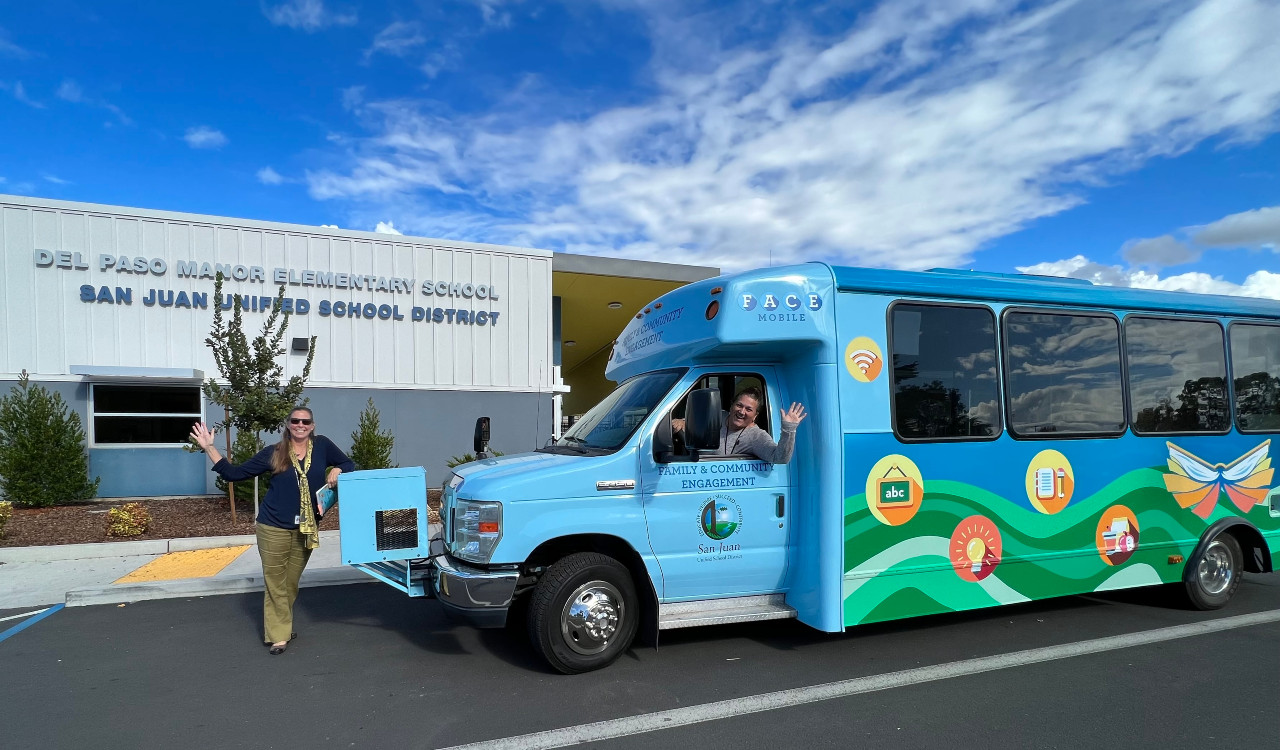State also sees slight drop in percentage of fully credentialed educators
California’s slow but steady stretch of issuing more teacher credentials continued in fiscal year 2017–18, according to a new Commission on Teacher Credentialing report. Prospects may also appear slightly brighter for districts struggling to fill positions, as about 2,500 more teacher candidates enrolled in preparation programs in 2016–17 than in 2015–16.
Despite the continued growth and outlook, the report found an estimated slight decrease (from 96 percent to 95.7 percent) in the percentage of fully credentialed teachers serving in the state’s public schools. Additional concerns were raised through voluntary demographic data, with a majority of teachers (62 percent) identifying as white.
The commission approved the report at its April 10–12 meeting, and it will now be sent to Gov. Gavin Newsom and the Legislature.
Breaking down 2017–18 credentials
The report shows California issued 16,518 teaching credentials in fiscal year 2017–18, up slightly from 16,512 in 2016–17 and substantially from 15,440 in 2015–16.
About 24,000 new teachers were needed in the state’s classrooms in the 2017–18 school year, according to Learning Policy Institute findings as part of Getting Down to Facts II research. That means many districts made up the difference by using teachers with “intern credentials,” “short-term staff permits” and “provisional internship permits.”
Overall, fiscal year 2017–18 saw a 3.6 percent increase in credentials earned through a California institute of higher education, while there were decreases in district-prepared (28.4 percent) and out-of-state-prepared credentials (6.1 percent). The institutes of higher education prepared nearly three-fourths (73.7 percent) of the total new teaching credentials issued in 2017–18.
The three credential pathways — multiple subject, single subject and education specialist — each saw more credentials issued in 2017-18. Multiple subject, or those commonly in elementary schools and core settings in grades five through eight, saw a 4.2 year-over-year increase from 5,071 to 5,284 credentials issued. Comprised of departmentalized classes most commonly offered in middle and high schools, there was a 1.5 percent increase from 4,486 to 4,555 in single-subject credentials. Serving special education needs, the education specialist track grew from 2,205 credentials to 2,345, a 6.3 percent rise.
Looking to the future
While California’s public education system has slowly rebounded from the Great Recession and now has more than 306,000 teachers in its K-12 schools, districts up and down the state are still experiencing teacher shortages. Tracking teacher preparation program enrollment can serve as one indicator of potential future supply, as is required by federal Title II regulations.
The CTC report finds the overall enrollment in California’s teacher preparation programs increased by about 4,000 candidates between 2012–13 and 2016–17. In the most recent year, 23,832 people were enrolled in such programs.
In comparison to demand, the California Department of Education estimates nearly 21,000 full-time teachers will be hired in the 2018–19 school year. The only counties not reporting planned teacher hires were Alpine, Amador, Plumas and Sierra.
Included in the report are also estimated teacher hires by county and subject areas. For example, analysis shows that nearly three-fourths (69.8 percent) of 2018-19 estimated teacher hires will occur in ten counties: Los Angeles, San Diego, Alameda, San Bernardino, Santa Clara, Riverside, Contra Costa, Orange, San Joaquin and Sacramento. About one-fifth (17.7 percent) of the estimated teacher hires will occur in Los Angeles County.
A lack of diversity and representation
The demand for teachers is often greater in school districts with a large number of low-income students and diverse populations, and the CTC data shows that state’s teacher pool does not reflect the student or general population.
Of the state’s more than 6.2 million public school students enrolled in 2017–18, 54.3 percent were Hispanic or Latino, 23.2 percent were white, 9.2 percent were Asian and 5.5 percent were African American. In contrast, the state’s teaching force was 62 percent white, 21 percent Hispanic, 8 percent Asian and 4 percent African American. American Indian made up less 1 one percent and teachers belonging to two or more races constituted another 1 percent.
These gaps persist despite research highlight the benefits of having a diverse teaching force educating a diverse student body. Studies find that, in particular, African American teachers play an important role for African American students, influencing academic success and interest in higher education.





